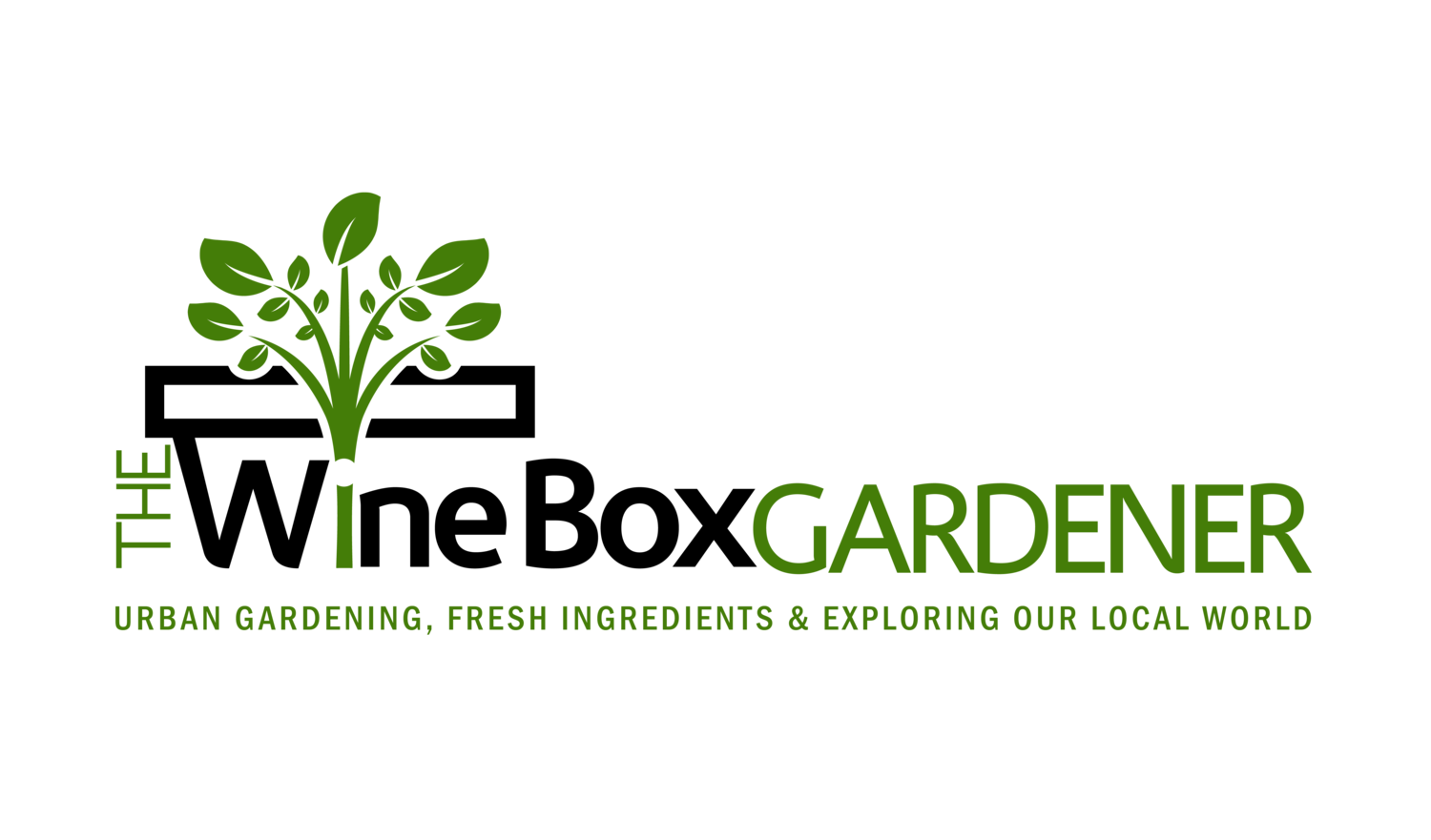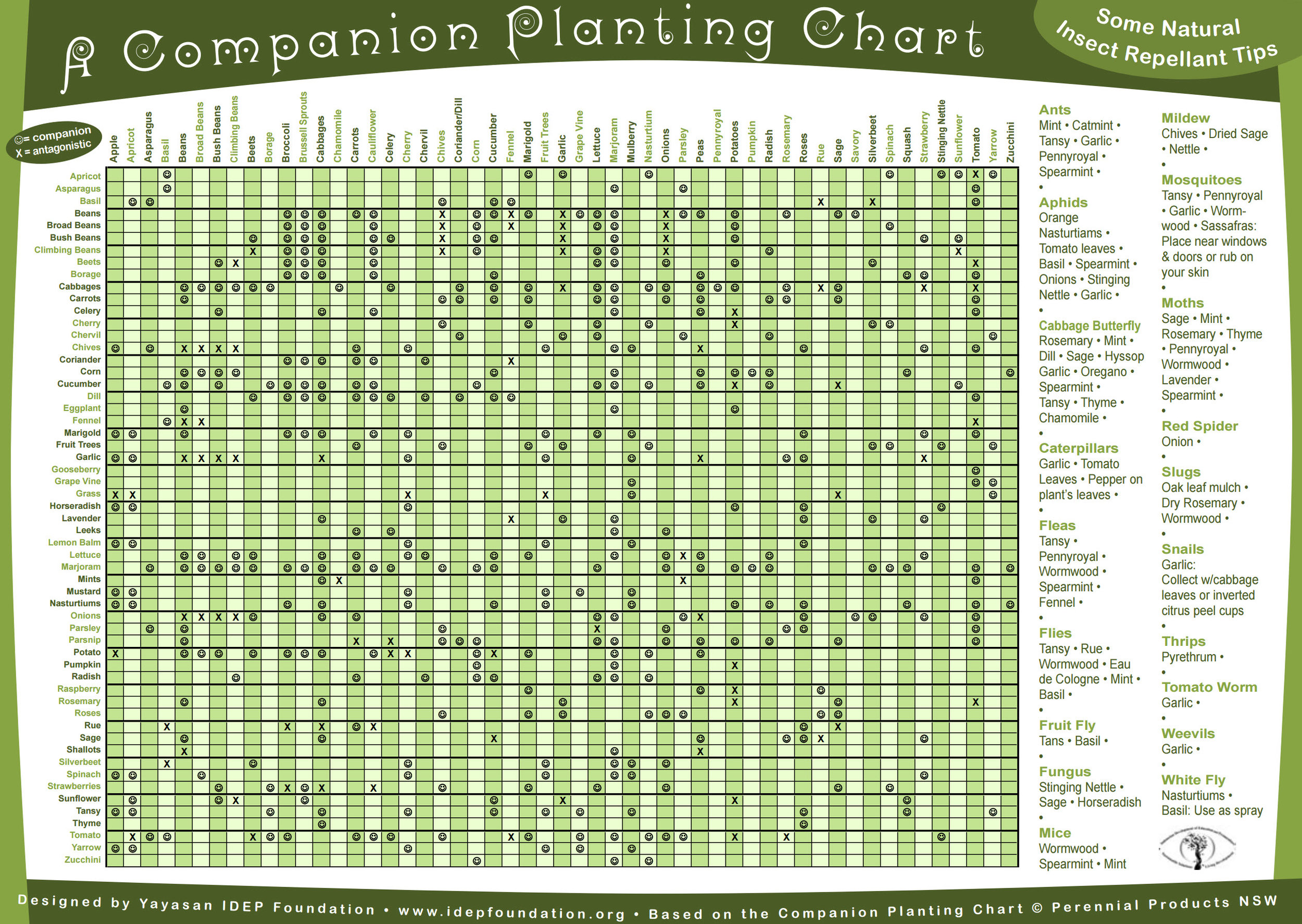Companion Planting
Just like Andy Williams sang, "It's the most...wonderful time....of the year!" But unlike Andy, I'm not talking about the holiday season (although I like that too). I'm talking about SEED CATALOG SEASON! Yes, this is that time of year when those thick colorful books of promise arrive in my mailbox, one after the other. Their pretty photos and positive analysis of each and every option for this year's garden makes me giddy with excitement (and overly-optimistic). Time to get planning!
2017 seed catalogs
This year, one of my gardening goals is to try more companion planting. "Companion Planting" involves planting a combination of plants that benefit each other when planted in close proximity and avoiding incompatible combinations. In some cases, companions are beneficial because they deter pests or provide support and in other cases, they offer nutritional benefits. A classic example of companion planting is the "Three Sisters" planting of Native Americans, which includes: Corn for support, Beans for fixing nitrogen in the soil, and squash, which lays low on the soil and helps control weeds. This is a classic demonstration of the symbiotic nature of plants.
To plan my companion plantings, I start first by planning my main "crops." This year, in addition to the wine boxes, I'm going to add a few more 4' x 4' raised beds. I will have 7 beds in total. but one is entirely taken by garlic now through mid summer and one is 1' x 2' bed.
My 2017 Summer Main Plantings:
- Beans (Pole)
- Broccoli
- Carrots
- Cucumbers
- Eggplant
- Lettuce
- Peas
- Tomatoes
- Zucchini
- + various herbs and flowers
There are lots of companion planting charts out there, and here's the frustrating thing - they're all different. Some include some companions that others don't, leaving you to wonder whether they are truly companions or not. The good news is that although they are different, none I've found have really conflicted with one another too significantly, and honestly, your garden isn't ruined if you're not following these to a "T." There are also some things I'll be planting by themselves in smaller containers, such as lettuce, simply because that's where I'll have the space.
Something like this from IDEP Foundation is a good chart to start with (click to view full PDF):
Start with one of these charts as a reference, but then break it down to what YOU plan to grow. Once you've identified your main plantings, you may want to spec out what you can/can't grow with each. With my 2017 plans in mind, I added my main plantings to a table and added friends and foes along with a few notes to help me plan. You can use this as a template for your own garden if you're looking to get started (click the document image below to view the full document). Of course, you'll want to customize this for what you are planting. Click the image below to download. (I highlighted items I am going to plant in either yellow highlight - for good to plant with, or red - for enemies).
While this is subject to change, here's my plan so far for planting in raised beds in 2017:
Bed 1: Broccoli, Dill, Thyme
Bed 2: Eggplant, Marigold
Bed 3: Tomatoes, Basil, Parsley
Bed 4: Zucchini, Nasturtium
Bed 5: Pole Beans, Peas
Bed 6: Cucumbers, Basil
Bed 7: Garlic
I'll probably change my mind about 101 times before actually starting my plants next month (indoors using grow lights), but this is how I get a head start on my garden. Let me know what you're planting this year in the comments below!









